Harvesting Quince Fruit – How To Pick Quince Tree Fruit
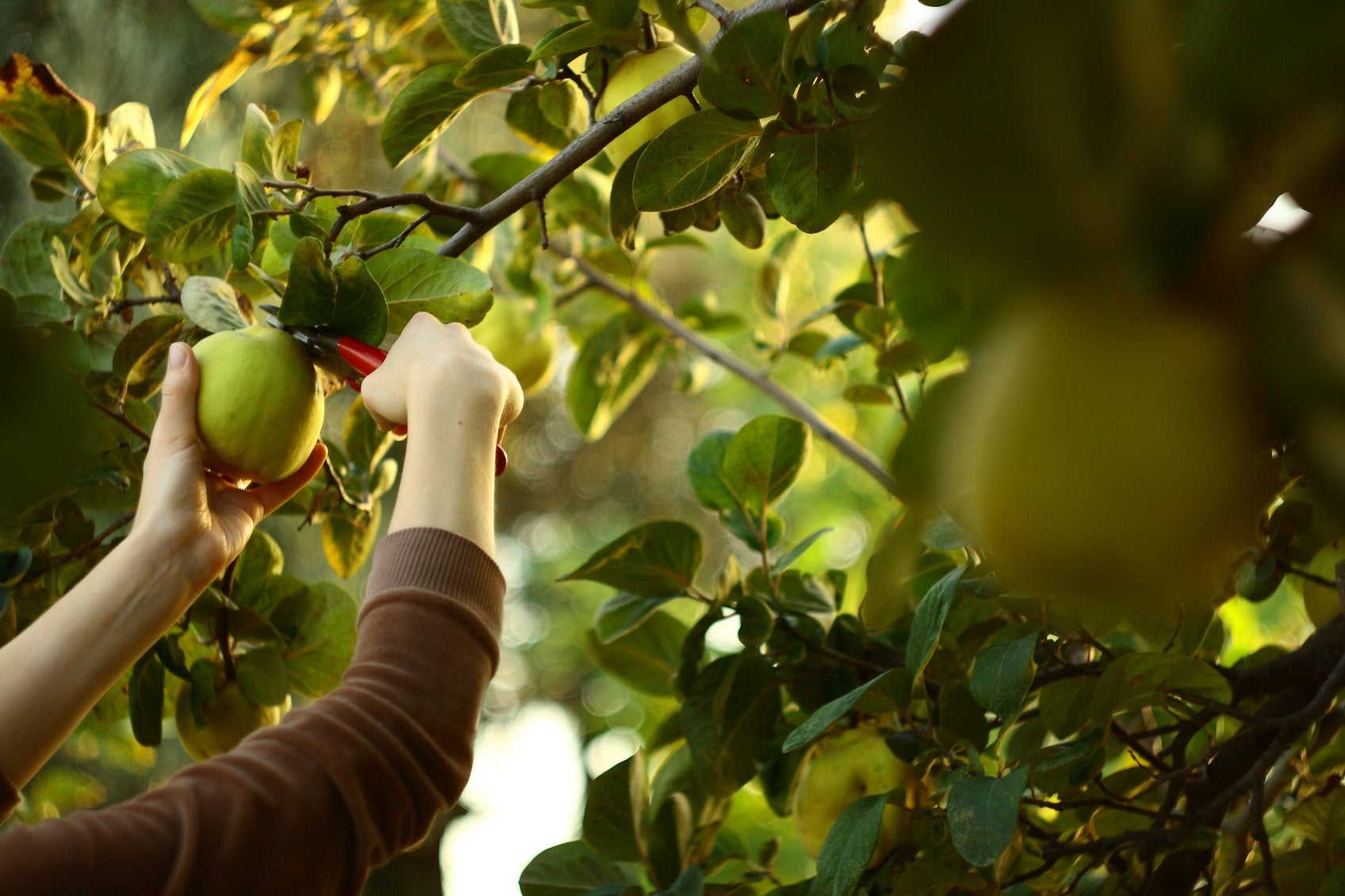
Quince is a fruit, shaped somewhat like a squashed pear, with an extremely astringent flavor when raw but a lovely aroma when ripe. The relatively small trees are 15 to 20 feet (5-6 m.) and hardy in USDA zones 5 to 9 and need winter’s cold temps to stimulate flowering. Pink and white flowers are produced in the spring followed by fuzzy young fruit. The fuzz wears off as the fruit matures, but that doesn’t necessarily mean it’s quince picking season. Keep reading to find out when to harvest and how to pick quince fruit.
When to Harvest Quince Fruit
Quince may not be a familiar fruit to you, but at one time it was an extremely popular staple in the home orchard. Picking quince fruit was a normal harvest chore for many families, made less of a chore when considering the fruit’s destination-- jellies and jams or added into apple pies, applesauce, and cider. Quince, as a rule, does not ripen on the tree but, instead, requires cool storage. A fully ripened quince will be entirely yellow and exuding a sweet perfume. So how do you know when it’s quince picking season? You should begin harvesting quince fruit when it changes from light green yellow to a golden yellow color in the fall, usually in October or November.
How to Pick Quince
Picking quince should be done with care, as the fruit bruises easily. Use a sharp pair of garden shears to snip the fruit from the tree. Select the largest, yellow fruit that is blemish free when harvesting quince fruit. Don’t pick damaged, bruised, or mushy fruit. Once you have harvested the quince, ripen them in a cool, dry, dark area in a single layer, turning the fruit each day. If you have picked the fruit when it is greener than golden yellow, you can slowly ripen it in the same manner for six weeks before using it. Check it for ripeness on occasion. Don’t store the quince with other fruit. Its strong aroma will taint others. Once the fruit is ripe, use it immediately. If you leave it for too long, the fruit becomes mealy. Quince can be stored in the refrigerator for up to two weeks wrapped in paper towels and kept separate from other fruit.
Gardening tips, videos, info and more delivered right to your inbox!
Sign up for the Gardening Know How newsletter today and receive a free copy of our e-book "How to Grow Delicious Tomatoes".

Amy Grant has been gardening for 30 years and writing for 15. A professional chef and caterer, Amy's area of expertise is culinary gardening.
-
 Terrifically Tubular Flowers For Hummingbirds: 9 Tube-Flowered Plants To Attract Hummers
Terrifically Tubular Flowers For Hummingbirds: 9 Tube-Flowered Plants To Attract HummersGrowing tubular flowers for hummingbirds helps you create the optimum feeding conditions for your winged friends. Here are nine tubed delights for hummers
By Tonya Barnett
-
 How To Grow Hydroponic Tomatoes For Fresh Indoor Harvests – No Soil Required
How To Grow Hydroponic Tomatoes For Fresh Indoor Harvests – No Soil RequiredLearning how to grow tomatoes in water is easy and allows you to harvest fresh-home-grown produce in every season without any mess.
By Ellen Wells
-
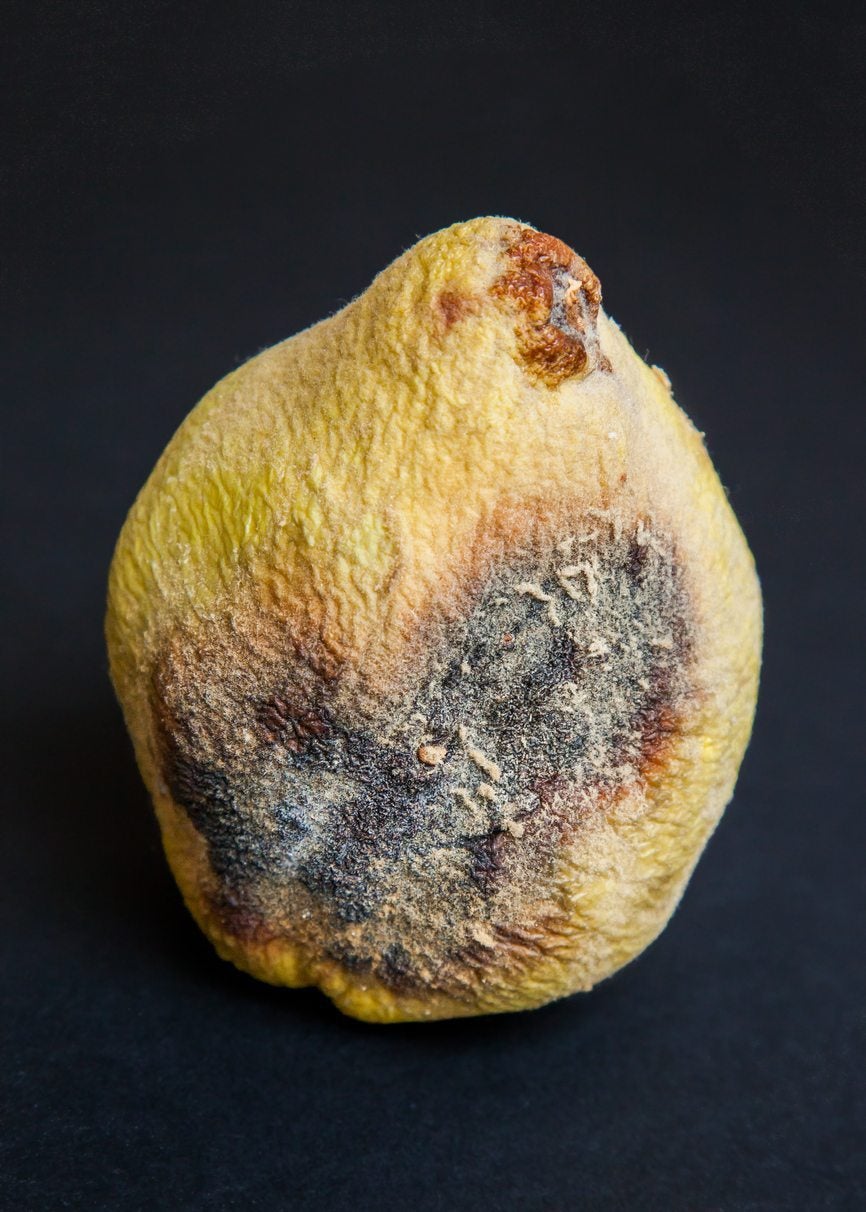 Quince Tree Illness: How To Treat Quince Tree Diseases
Quince Tree Illness: How To Treat Quince Tree DiseasesQuince trees are once again favorites in the orchard, but these tough, hardy plants aren't without any health worries. Learn about the most common pathogens that can affect them and how to treat your sick quince when they occur in this article.
By Kristi Waterworth
-
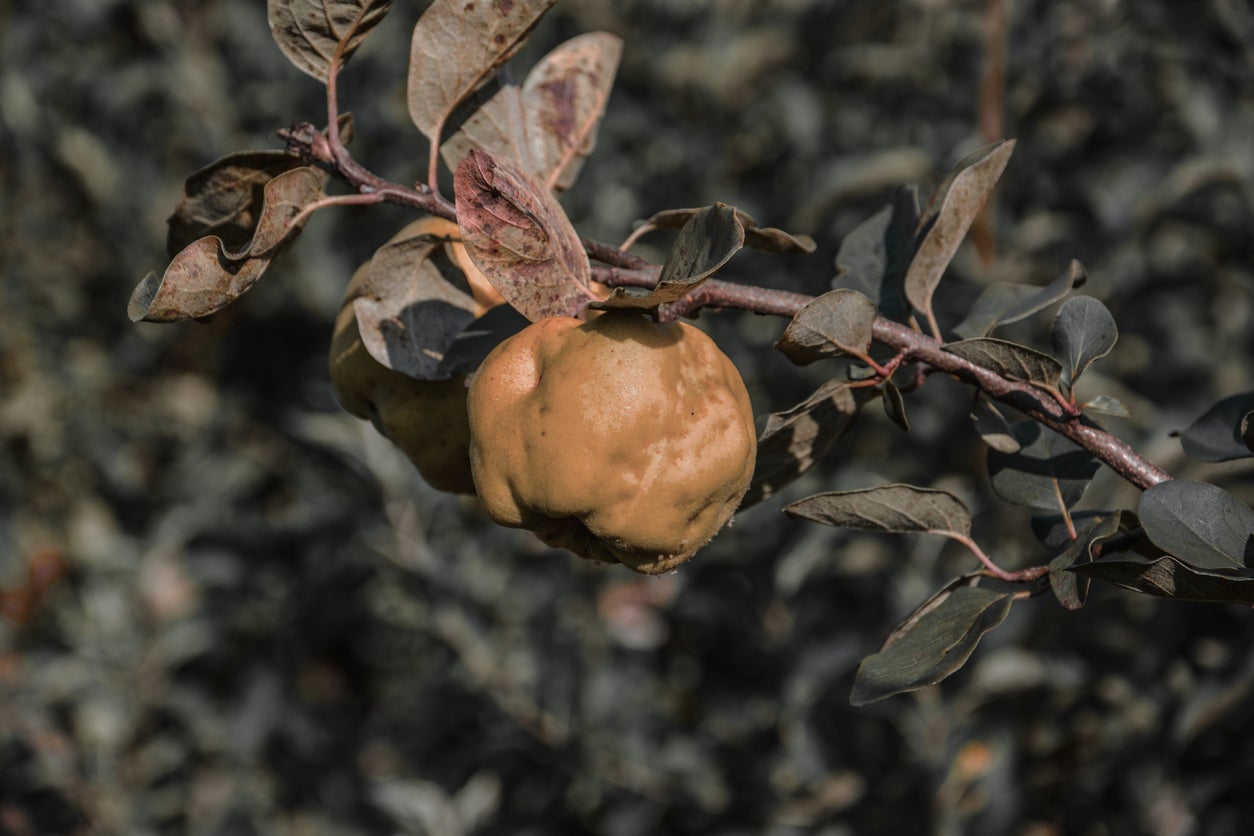 Common Pests Of Quince Trees – Tips On Treating Quince Tree Pests
Common Pests Of Quince Trees – Tips On Treating Quince Tree PestsQuince can make a great addition to any orchard or works as a standalone landscape plant, too. But there's more to caring for a quince than just planting it and wishing it luck. Read about common quince pests and how to eliminate them in this informative article!
By Kristi Waterworth
-
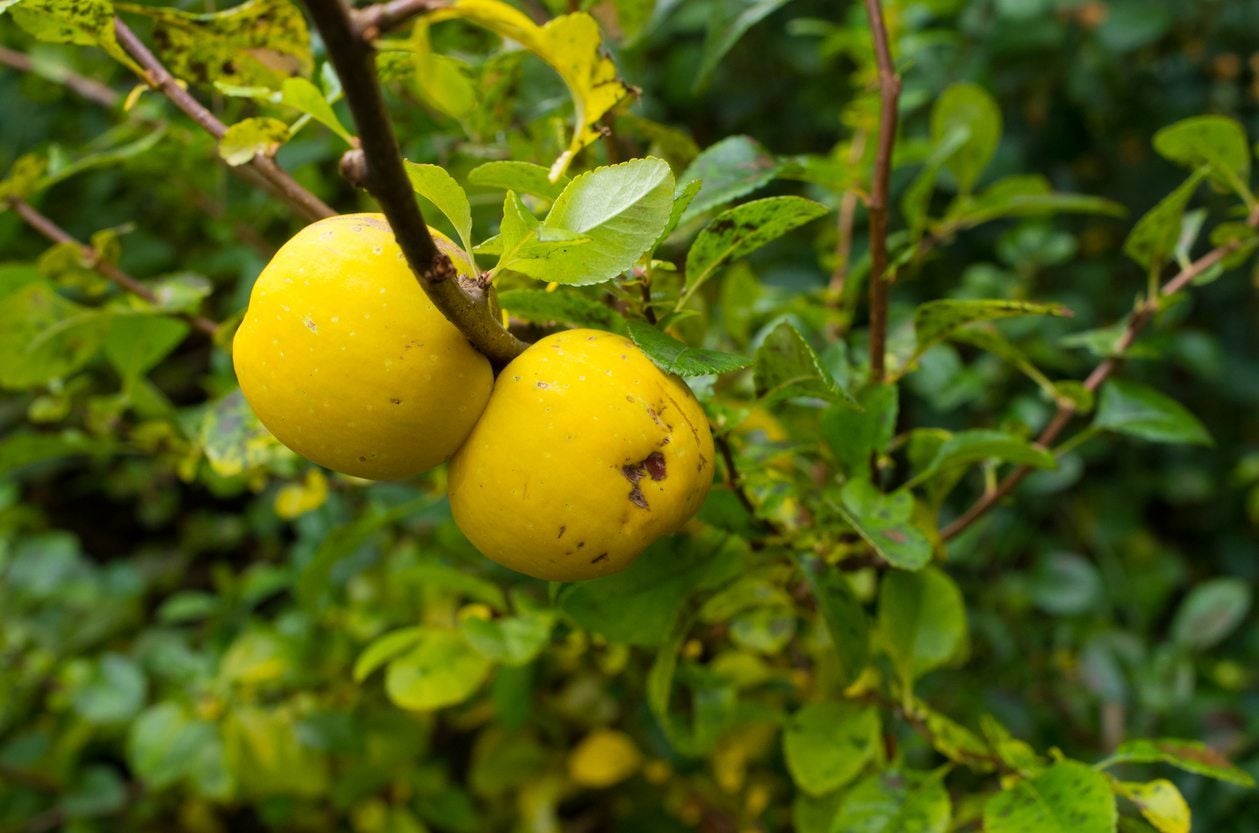 No Fruit On A Quince Tree – Why Is Quince Fruit Not Forming
No Fruit On A Quince Tree – Why Is Quince Fruit Not FormingThere's nothing more frustrating than a fruit tree that's not fruiting. Have you questioned, "Why won't my quince tree fruit? Why is quince fruit not forming?" Well, wonder why no longer. Click here to learn more about why there is no fruit on a quince tree.
By Shelley Pierce
-
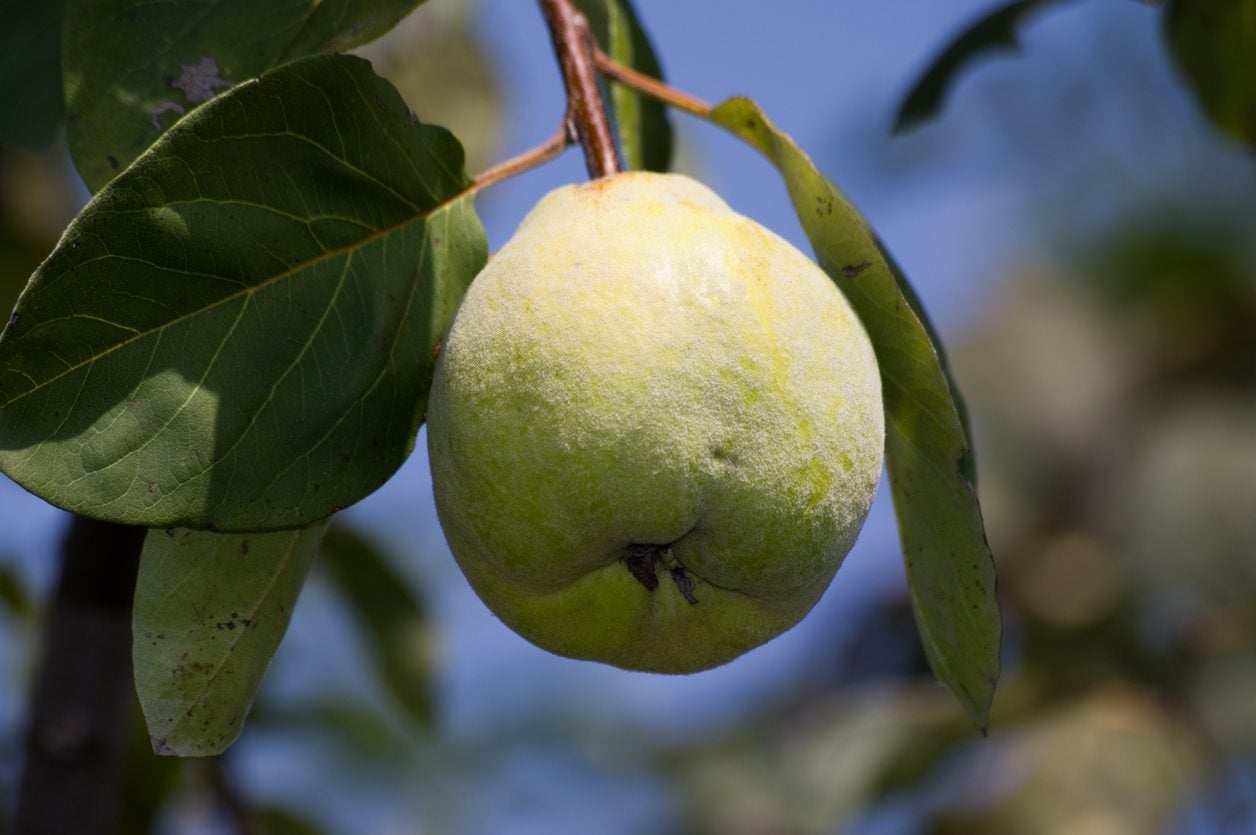 How To Grow Quince In Containers – Tips For Growing Quince In A Pot
How To Grow Quince In Containers – Tips For Growing Quince In A PotFruiting quince is a fascinating, little grown tree that deserves more recognition. If you're short on space and feeling ambitious, you can try your hand at growing this tree in a container. Click this article to learn more about growing quince in a container.
By Liz Baessler
-
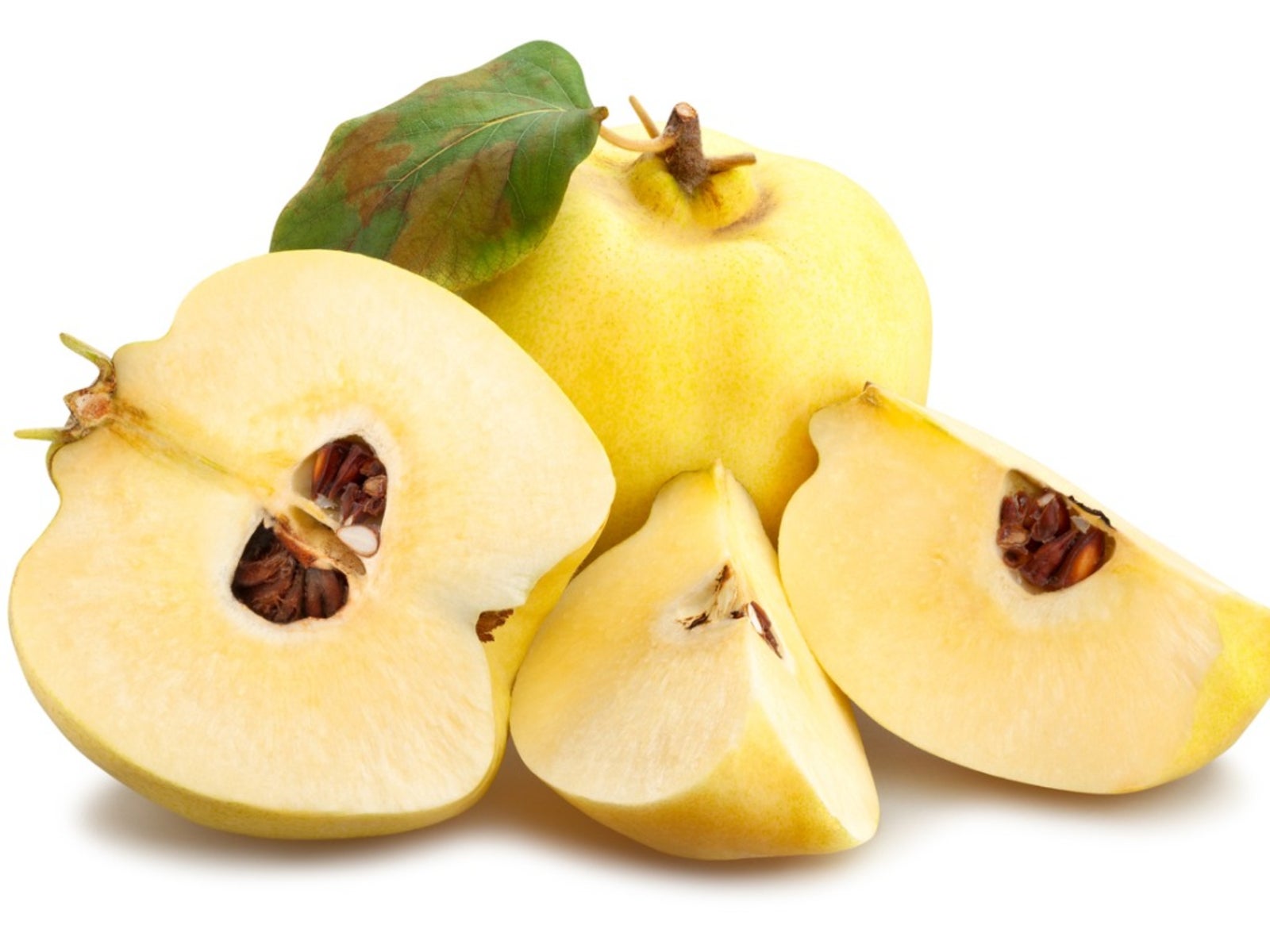 Quince Tree Propagation: How To Propagate Fruiting Quince Trees
Quince Tree Propagation: How To Propagate Fruiting Quince TreesQuince is a seldom grown but much loved fruit that deserves more attention. If you're interested in growing a quince tree, you're in for a treat. Click the following article to learn more about quince tree reproduction and how to propagate fruiting quince.
By Liz Baessler
-
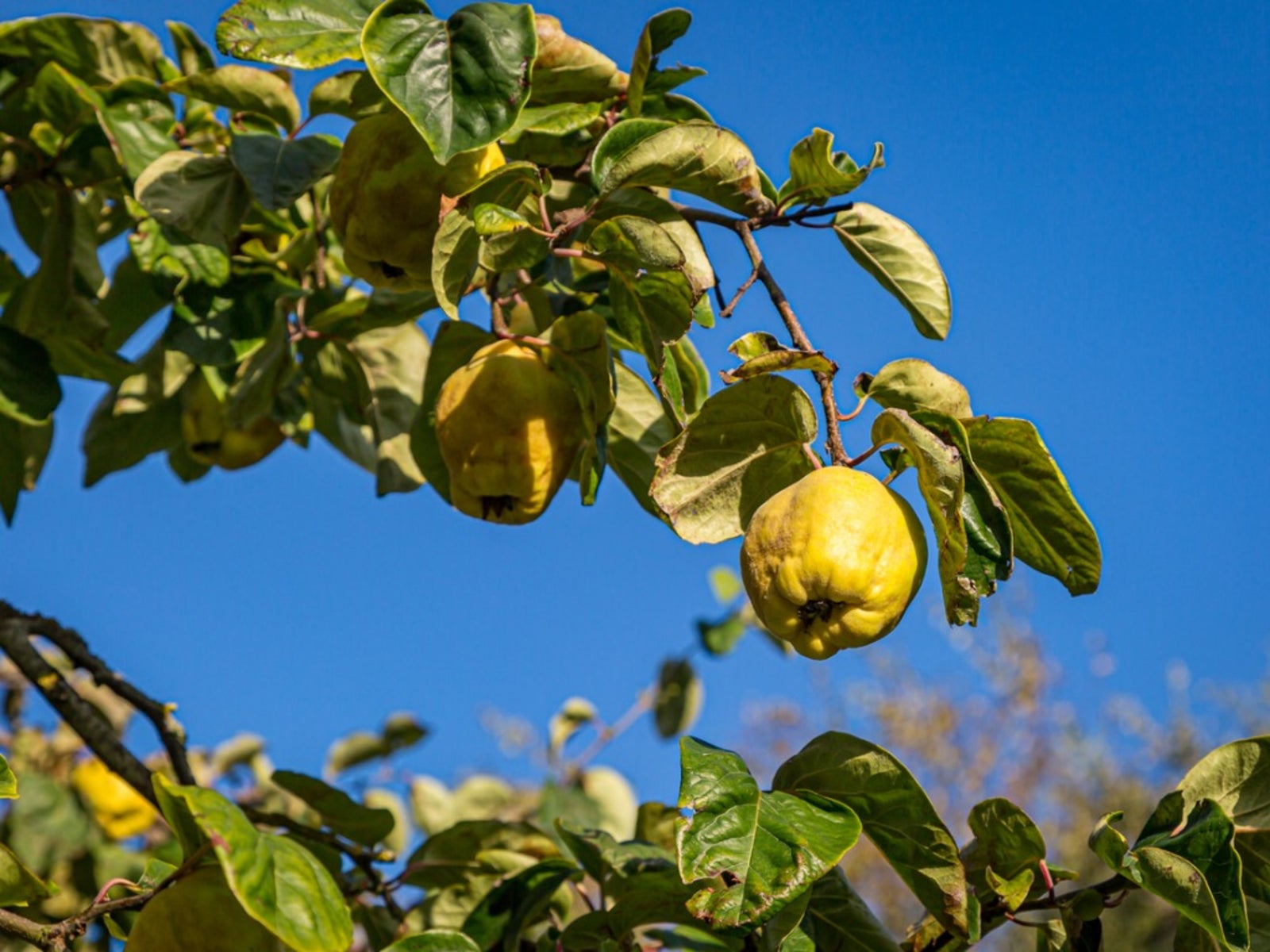 Moving A Quince Tree: Learn How To Transplant A Quince Tree
Moving A Quince Tree: Learn How To Transplant A Quince TreeTransplanting a quince that you just brought home from the nursery is not hard, but can you move a quince that's been in the ground for years? Click on the following article for all the information you need on how to transplant a quince.
By Teo Spengler
-
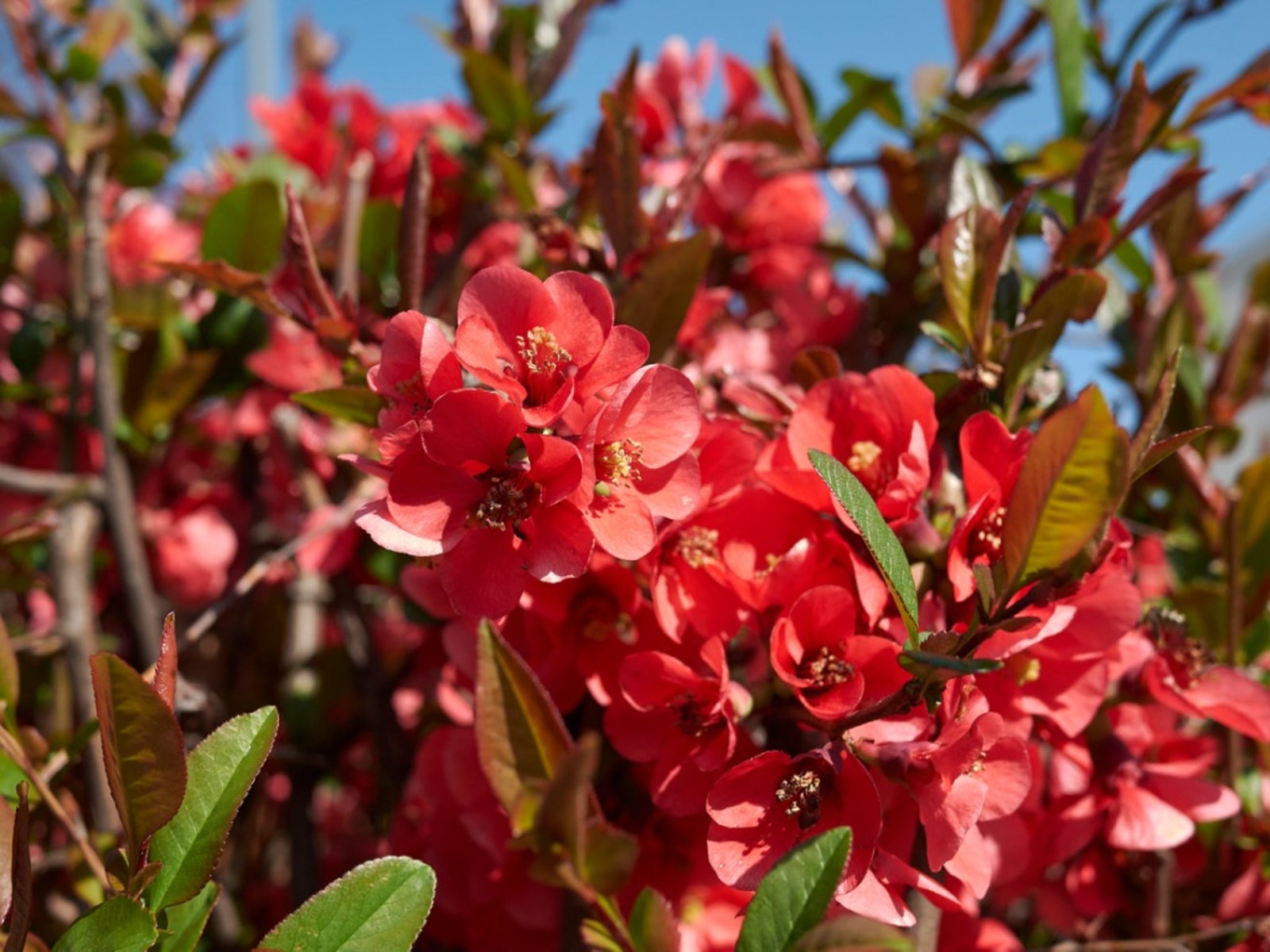 Making A Quince Hedge – How To Grow A Quince Fruit Tree Hedge
Making A Quince Hedge – How To Grow A Quince Fruit Tree HedgeThere are a number of reasons to include either in the landscape, but do quince trees make good hedges, in particular, the fruiting type? And how do you grow a quince fruit tree hedge? Click here to find out about making and growing a fruiting quince hedge.
By Amy Grant
-
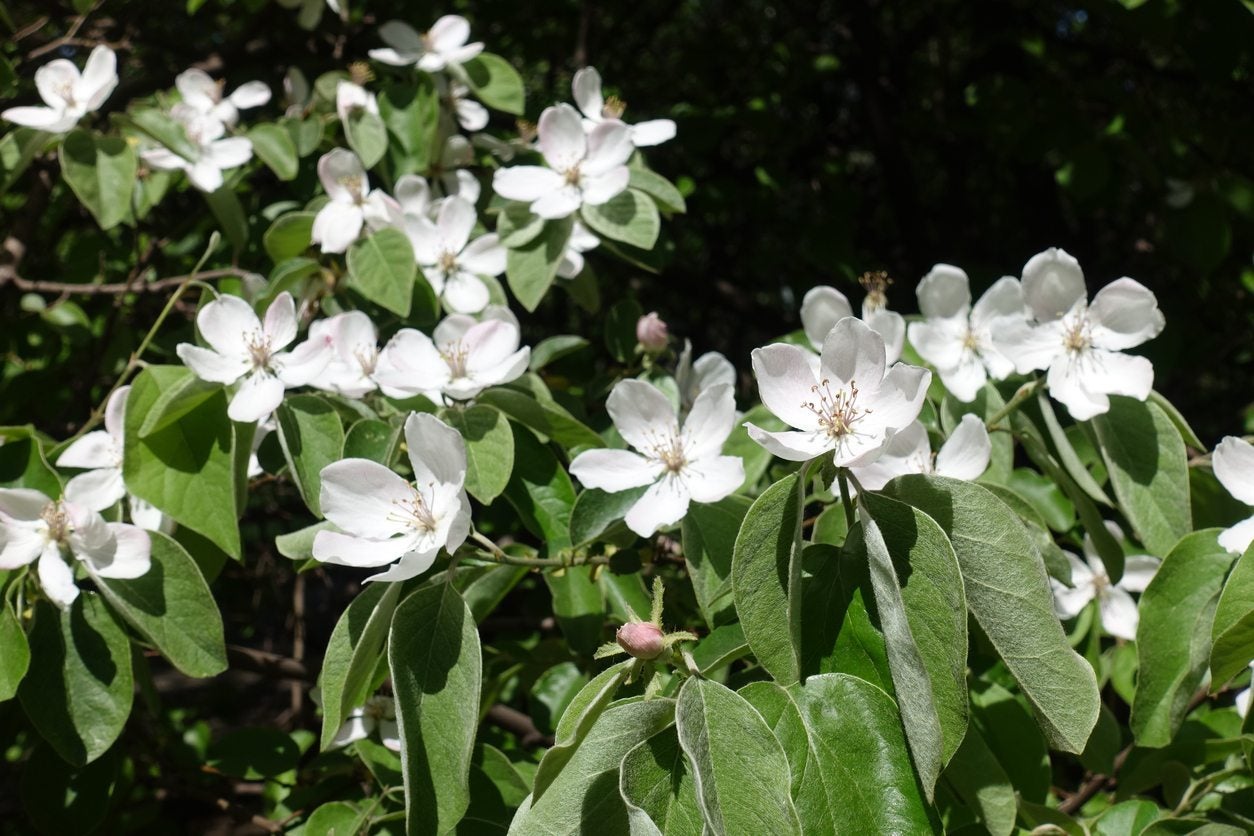 Flower Drop In Quince: Why Is Quince Tree Dropping Flowers
Flower Drop In Quince: Why Is Quince Tree Dropping FlowersA quince tree covered with white and pink flowers in springtime is a lovely sight. When these flowers fall off before producing fruit (blossom drop), it?s certainly disappointing. Quince blossom drop may be due to several factors. Learn what those are here.
By Ilana Goldowitz Jimenez